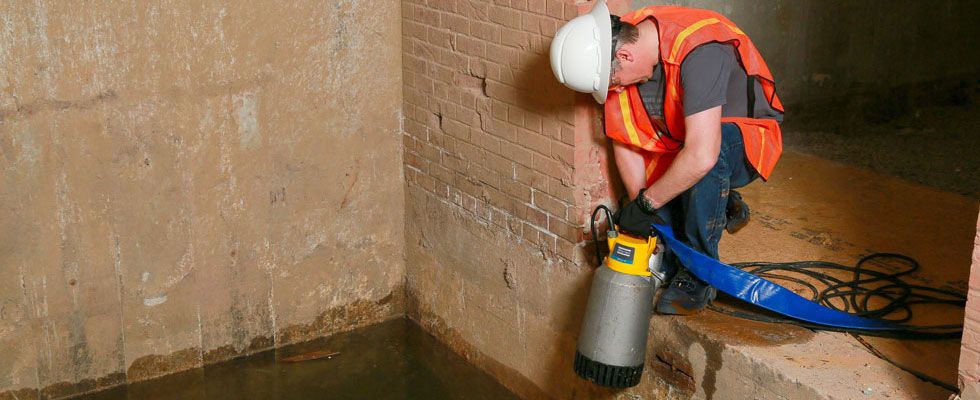
When it comes to pumps, one incorrect judgment could lead to an even bigger mess to clean up. Instead of heading for a surefire disaster, ask: what needs to be pumped? When it comes to electric submersible pumps, this should always be the first question to explore. It seems like common sense, but too often it is left unanswered while the wrong pump is rented or purchased.
Electric submersible pumps are typically best used in deep groundwater. To provide the most impact on the job site, choosing the correct pump needs to be step one. There are three variations of these pumps:
- dewatering pumps: pump fresh water with minimal folic, such as sand
- slurry pumps: pump heavy mud
- sewer pumps: handle everything in a sewer
If the operator chooses the incorrect variation, the pump will promptly fail, leading to an expensive mistake. This is not ideal and can create many problems, including: clogging the pump, snapping the shaft, breaking the impeller and wearing the webbing down.
Once the user selects the correct pump style per the application, they should determine the amount of flow needed for the job, any elevation change and the desired distance for moving the water.
To combat gravity resistance, determining elevation change allows the user to know what pump strength is necessary to complete the task. It is important to know both the suction elevation from the water to the eye of the impeller, in addition to the discharge elevation from the eye of the impeller to the water’s destination. By adding these two numbers, the user will have the sum total elevation (gravity resistance).
The distance determines if the line size should be increased to reduce friction loss because of resistance. Friction occurs in all pipes and hoses when liquid travels through them. Velocity of the water traveling through the pipe or hose, as well as overall distance of the pipe or hose to the delivery point, both impact friction.
The pump casing can help with pH levels, or the measure of acidity or alkalinity of water-soluble substances. The scale is based from one to 10.
The casing and metallurgical makeup are important for chemical compatibility. If the water has a low pH, which can be acidic and corrosive, the operator will want a metallurgical material based on what is being pumped.
In this case, stainless steel is a good choice for lower pH levels. Additionally, aluminum handles a pH level between five to seven, but pumping low pH will likely chew up the casing to its death.
Over the Long Haul
Whether the operator just purchased or rented, or needs a refresher, it is always wise to refer to the OEM’s guidelines. This will help the operator create a proactive schedule of daily tasks and specific-hour intervals. For daily checks, the most important thing is to ensure the submersible pump is unclogged. When doing so, check to see if there is anything against the screen and clean as needed. Additionally, inspect the cable cord for cuts.
A benefit to submersibles is they are not equipped for engine oil, which reduces maintenance on this style of pump compared to most other pumps. However, it is recommended to periodically check if the seal has an appropriate amount of oil.
